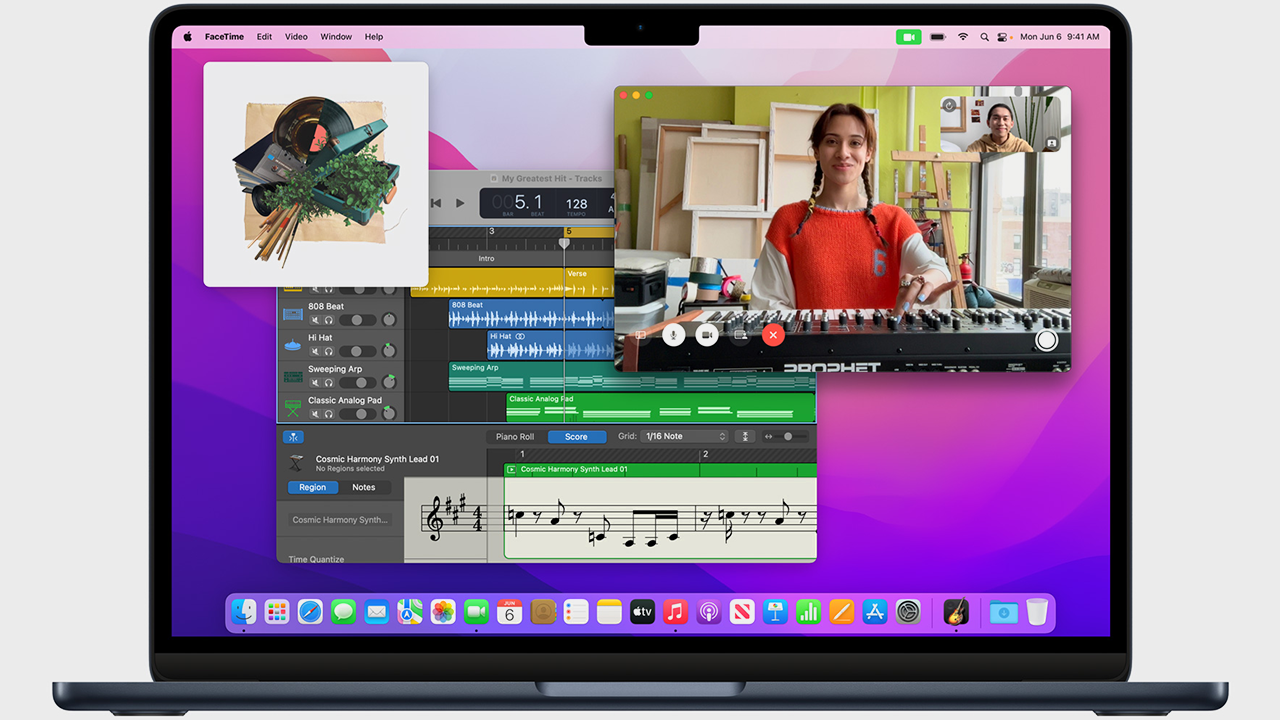
Engineers from Frore Systems have integrated the company's innovative solid-state AirJet cooling system, which provides impressive cooling capabilities despite a lack of moving parts, into an M2-based Apple MacBook Air. With proper cooling, the relatively inexpensive laptop matched the performance of a more expensive MacBook Pro based on the same processor.
The lack of a fan is probably one of the main advantages of Apple's MacBook Air over its more performant siblings, but it also puts the laptop at a disadvantage. Fanless cooling doesn't have moving parts (which is a plus), but it also cannot properly cool down Apple's M1 or M2 processor under high loads, which is why a 13-inch MacBook Air powered by M1 or M2 system-on-chip is slower than 13-inch MacBook Pro based on the same SoC. However, making a MacBook Air run as fast as a 13-inch MacBook Pro is now possible.
To do so, one needs to cool down M2 using the Frore System's AirJet solid-state active cooling system. It is as efficient as typical cooling systems with fans, yet it is smaller and more reliable, according to a video posted to YouTube by PC World. The AirJet-equipped 15-inch MacBook Air matched the performance of the M2-based MacBook Pro in the Cinebench R23 benchmark, a testament to its AirJet's efficiency in maintaining optimal operating temperatures.
However, there is a catch. AirJet is a membrane-based cooling system that uses ultrasonic waves to push air through itself to remove heat. Although it does not use a fan, it still needs airflow. As a result, Frore had to alter MacBook Air's design to use its Airjet. The company's specialists added intake vents near the laptop's hinge and repurposed the speaker holes to serve as exhaust outlets. These modifications were crucial to integrating the AirJet in the slim MacBook Air chassis, demonstrating the practicality and adaptability of this cooling technology in real-world applications.
Despite its impressive performance and potential applications, the AirJet is unavailable for consumer purchase. Frore Systems has no plans to release a consumer version of its AirJets or kits for modifying existing devices. The demonstration with the MacBook Air serves primarily as a proof of concept, highlighting AirJet's capabilities. Looking forward, integrating AirJet technology in products from companies like Apple could lead to more efficient use of internal space, paving the way for innovations such as larger batteries or more compact device designs.
An avid reader would ask why Apple does not use AirJet cooling systems itself. There are several possible explanations. Firstly, Frore is a relatively small company whose production volumes may be too low for Apple. Secondly, the AirJet cooling technology is relatively new, and companies like Apple would ensure its reliability first before using it for high-volume devices.







